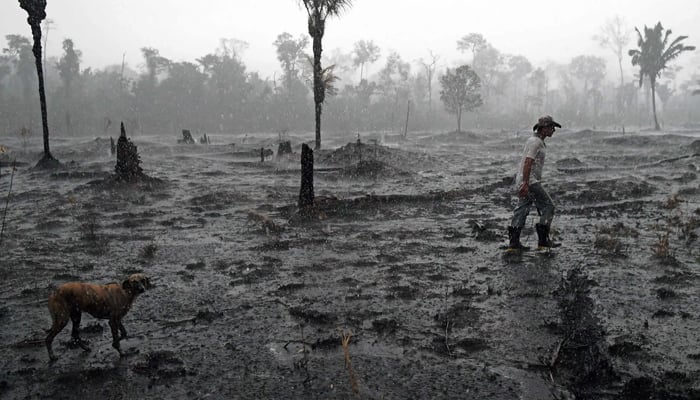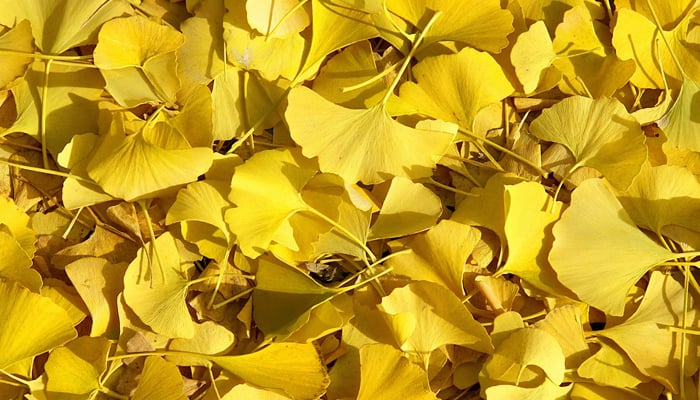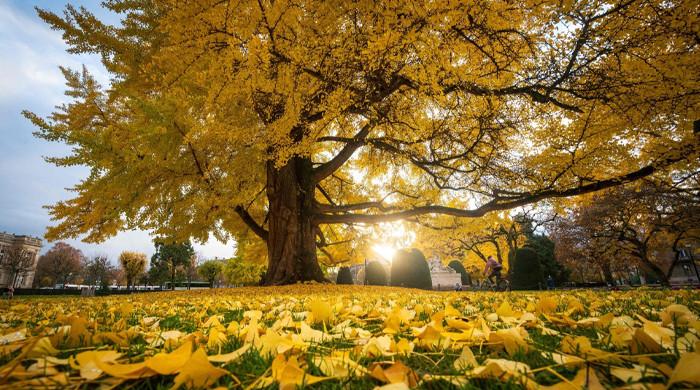In the first three seconds after the nuclear bomb “Little Boy” was dropped over Hiroshima by the Allied powers in 1945, temperatures spiked to 7,000°F from ground zero to as far as two miles.
Any form of life within the radius of the detonation succumbed to their deaths instantly. Even buildings melted and the city turned to ash as the fire roared in Hiroshima, according to Forbes.
What survived the blast, however, is a resilient story of six Ginkgo biloba trees growing just about a mile away from the centre of the explosion. For them, it was just another thing to overcome and continue living.
Despite being stripped of leaves and charred branches due to the explosion, the six trees came back to life within months.
The trees, also known as “living fossils,” have weathered the ice age, mass extinctions, and thousands of environmental changes the Earth has experienced.

The reason for calling Ginkgo biloba a living fossil is that the trees date back over 290 million years to the Permian period and have withstood mass extinctions, according to National Geographic.
It was a mass extinction event so bad that it left 96% of all marine species and about three of every four species on land dead, the forests were wiped out and didn’t spring back to life until 10 million years later.
Of the five mass extinctions, the Permian-Triassic is the only one that left large numbers of insect species extinct. The evolution was so severe that it took four to eight million years for the marine ecosystems to recover.

This period even predates the time when dinosaurs roamed the Earth. The Ginkgo biloba survived and remained the same over millennia with the fan-shaped structure of the leaves.
They thrived across Laurasia — the northern subcontinent — for millions of years until the Cretaceous-Paleogene extinction that wiped out the dinosaurs.
Many species were wiped out, but the Ginkgos remained strong. By the end of the Pleistocene, they were isolated to populations in China. They could have faced extinction, but they were saved due to their resilience, and surprisingly, humanity helped them tackle the challenge.
The living fossils were thought to be extinct in the wild until the early 20th century but they were found to be thriving when small populations were rediscovered in remote China.
Researchers have come to speculate that they were preserved by Buddhist monks.
Today, Ginkgos are spread widely on city streets, parks and several other places all over the world. They are resistant to pollution, pests and harsh weather that harbours in urban life.



